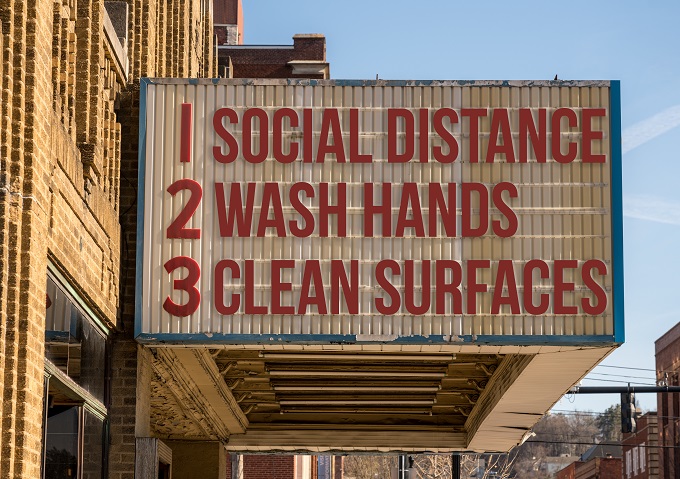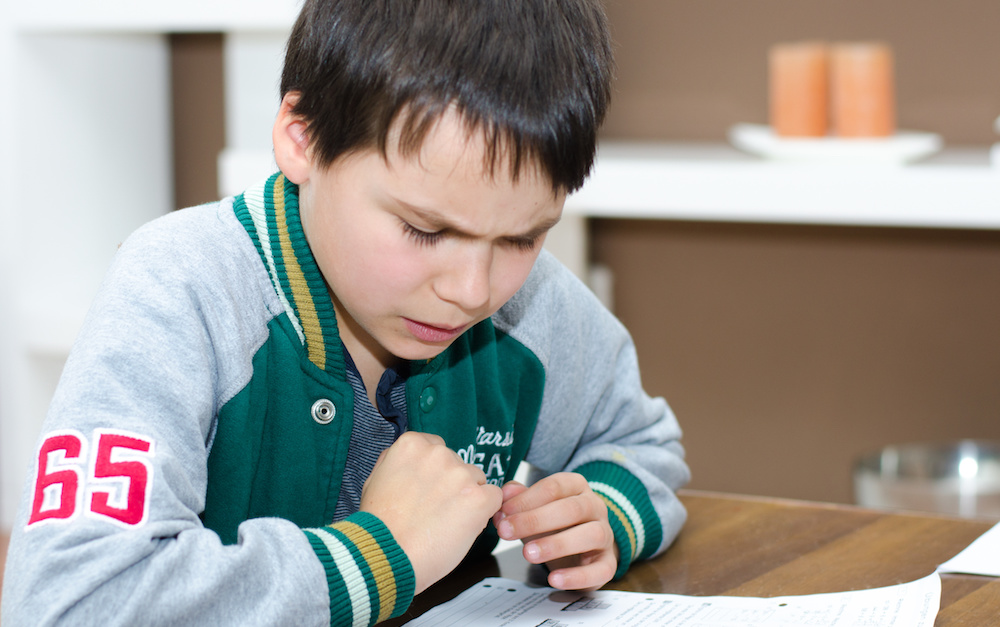Combatting online bullying is different for girls and boys: here’s why

Demands for improving online safety continue to capture headlines, often for the worst reasons.. While this outcry has signalled renewed interest in “stamping out” cyberbullying and reinvigorated health and wellbeing protocols for young people, interventions continue to fall behind the fast-paced development of communication devices and the take-up of new social media by teenagers.
The focus on gender in “next step” interventions is noticeably absent. Intervention protocols have viewed teenage girls’ and boys’ online interaction as more or less the same. This is a mistake. Teenage girls, especially those aged 12 to 14, are more likely than any other demographic to experience cyberbullying, and anxiety and depression after bullying episodes.
A greater focus on the friendship practices of teenage girls offers possibilities for developing new strategies for reducing cyberbullyingamong friends.
Intervention should be tailored
Online participation differs significantly for girls and boys. They spend similar amounts of time online and both use technology to search for information, interact with others, and play games. But girls spend more time socialising with friends.
Girls’ online friendships are more visually-oriented than boys. They use social media to post and curate personal images, share stories and experiences, seek advice on private matters and appearance, and plan and organise social events.
These practices place teenage girls at risk for problems associated with bullying such as gossip, name-calling, spreading rumours, coercion, and shaming. Unfortunately for girls, online friendships are often filled with the not-always-nice voices of other girls.

While current interventions offer broad protocols for children and young people, specific guidelines for teenage girls are missing.
Girls’ experiences online
A recent study offers insight into girls’ interactions online. The studywas conducted in two stages. In stage one, 130 year eight girls from Queensland were asked to complete an online survey. The survey asked the girls questions about their online practices, providing several opportunities for them to talk about their online strategies with friends.
From the original group, 16 of the girls participated in online focus groups. Here, the girls watched videos and looked at pictures showing teenage girls experiencing online problems. They discussed the episodes at length, then shared their ideas and experiences in a private journal.
The online strategies and problems discussed by the girls were considered in two ways. First, online friendship practices were compared to established cybersafety protocols. Second, focus group exchanges and shared stories were analysed for examples of what they do online, how they speak to each other, how they manage their online presence, and how they steer clear of online troubles.
These girls adapted online privacy rules and created in-group strategies to build and strengthen friendship connections. While they “wanted to feel safe”, they also wanted friends to see “their stuff”:
I make up a name and tell my friends so they can look at my profile. I trust my friends to keep my stuff private.
The girls talked to friends about online troubles:
I go to my friends with all my problems, especially online ones. I don’t get advice from mum because she is quite old fashioned and doesn’t understand our ideas and humour.
They did not block or report friends unless problems became critical:
I try to work it out with someone face-to-face if they’re mean to me before blocking them, unless they are threatening me, then I tell a parent.
They described friends’ bad behaviour as mean or “bitchy”, not as bullying. Naming events in this way minimised adult intervention and gave them authority to deal with problems themselves:
They were rumouring about me and I felt really angry but my friends helped me to ignore it. That’s what most girls do cos doing something makes it worse.
Competing efforts
For these girls, online friendship had a social currency that challenged safety protocols. In their determination to uphold friendship ties, they sidestepped privacy settings, used special codes and symbols, and created secret languages to open pathways for more intimate sharing.

In times of trouble, they went to friends, seeking adult assistance only when things got “really nasty and horrible”.
They did not use bullying language to describe their difficulties. Instead, they used words with less authority or consequence.
Girls’ friendship practices were clearly out of sync with adult efforts to keep them safe.
Reframing intervention
Current cybersafety interventions need to be changed to help teenage girls safely negotiate friendships online.
Sophisticated strategies for sharing intimate information with friends such as using language and symbols with less obvious meaning is a good starting point. Establishing girl-friendly reporting schemes is urgent. Encouraging the use of self-help resources designed by girls, such as informational websites, safety checklists and social media apps, is critical.
Efforts to recognise the focus of gender in safety narratives is very important. Ideas, routines, and discourses shaping cybersafety policy need to tell the gender story. One that changes the signs of danger for both girls and boys, probes issues from different angles, and addresses ingrained assumptions about bullying behaviour.
![]() This article was written by PostDoc Research Fellow investigating teenage girls’ social media practice., Griffith University. The piece first appeared on The Conversation.
This article was written by PostDoc Research Fellow investigating teenage girls’ social media practice., Griffith University. The piece first appeared on The Conversation.







